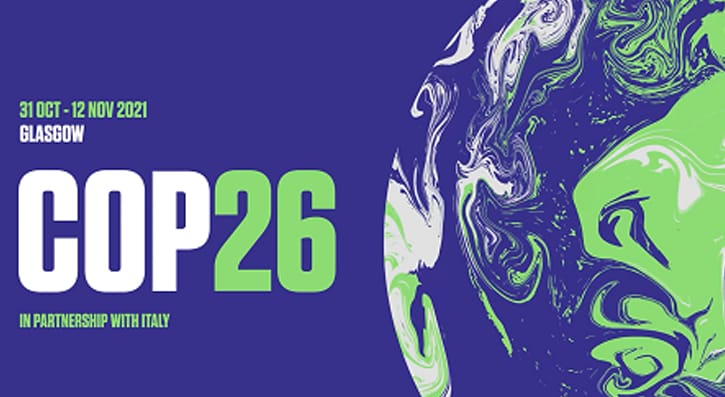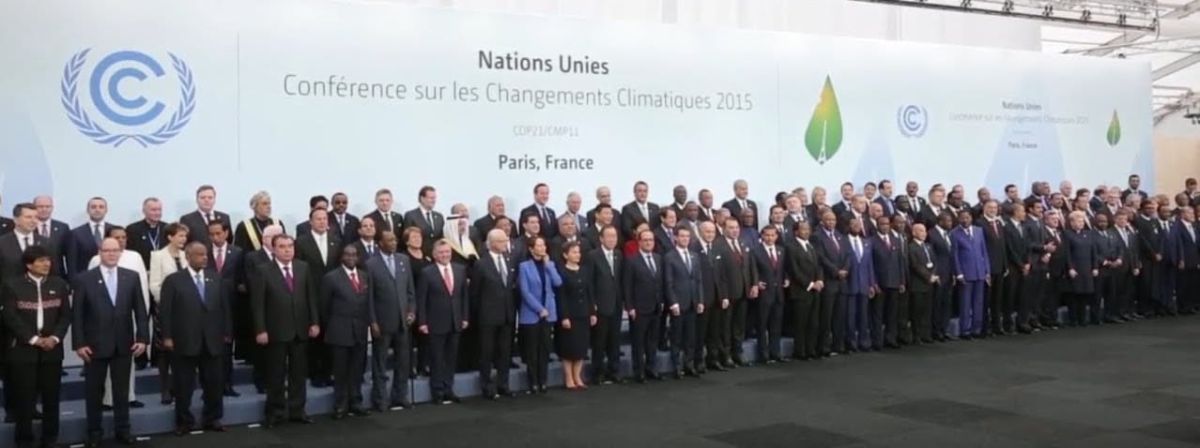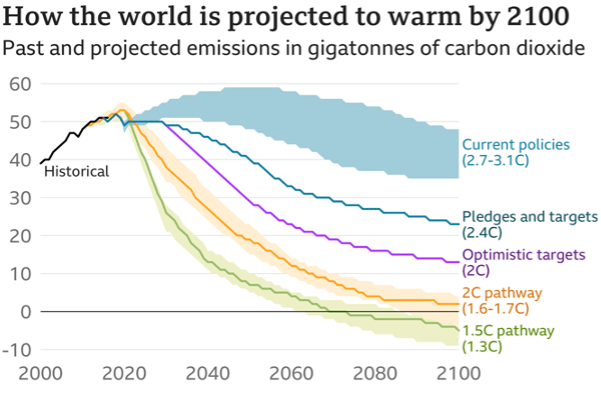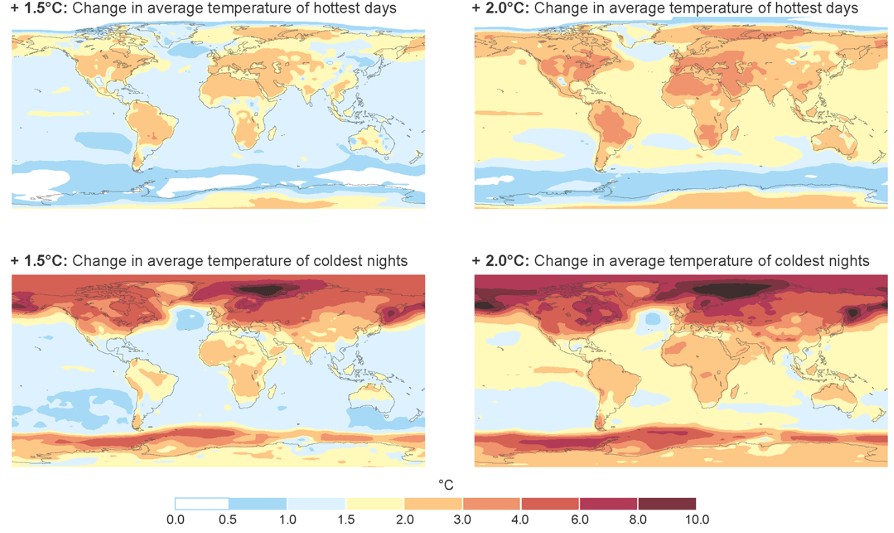Eco Blog: Cop 26: Why is it so Important?
0 min read
02 November 2021

What is Cop?
Everyone is talking about COP26 - but what actually is it, and why does it matter so much? The word ‘COP’ stands for ‘Conference of the Parties’. The UN COP Climate Change Conference has happened every year since 1995. The two-week summits are an important space for stakeholders to discuss the climate crisis on a global level. The conferences are attended by world leaders, ministers, and negotiators but also by representatives from civil society, business, international organisations, and the media.

What is COP26?
COP26 is the 26th climate change COP and is hosted by the UK and will take place in Glasgow between 31st October-12th November 2021. Briefly speaking the Government officials are expected to discuss technical issues including carbon credits, funding for countries vulnerable to climate change and nature-based solutions in the first week of the summit. The second week of the summit will cover topics including gender, transport and the practical solutions needed to adapt to climate impacts. COP 26 is significant as its been 5 years since COP 21 (Paris agreement) was agreed which saw world leaders commit to keeping global heating to below 1.5°C. Countries are being asked to report back on their progress and set out more ambitious goals for tackling climate change.
What is the Paris Agreement?
The Paris Agreement was an international treaty signed by almost all countries in the world at COP21 in Paris in 2015. Its aims were to keep the rise in the global average temperature to well below 2°C above pre-industrial levels, ideally 1.5°C. This would be achieved by strengthen the ability to adapt to climate change and building resilience and aligning all finance flows with a pathway towards low greenhouse gas emissions and climate-resilient development. The Paris Agreement had a bottom-up approach where countries themselves decide by how much they will reduce their emissions by a certain year. They communicate these targets to the UNFCCC in the form of nationally determined contributions, or ‘NDCs’.
What does COP26 aim to achieve and why is it important?
COP26 is a critical summit for global climate action. To have a chance of limiting warming to 1.5°C, global emissions must halve by 2030 and reach net-zero by 2050. COP 26 gives world leaders the chance to resubmit plans and strengthen commitments to tackle the Climate emergency. The 2021 Intergovernmental Panel on Climate Change (IPCC) report underscores it is still possible to achieve the 1.5-degree-target but only if unprecedented action is taken now (Figure 2).

The NDCs submitted in 2015 were collectively not ambitious enough to limit global warming to well below 2°C, never mind 1.5°C. COP26 is the first test of this ambition-raising function. One of the main benchmarks for success in Glasgow is that as many governments as possible submit new NDCs and, when put together, these are ambitious enough to put the world on track for well below 2°C, preferably 1.5 °C. The difference between 1.5 and 2°C is substantial: every increment of a degree translates into increased risks for people, communities, and ecosystems as seen in (Figure 3).

A successful outcome in Glasgow also requires developed countries to honour a promise they made back in 2009 of mobilising $100 billion per year by 2020 to support climate action in developing countries. The official figures for 2020 will not be available until 2022, but it is clear the goal was not met last year.
What’s commitments are already happening globally?
As of September 2021, 86 countries and the EU27 submitted a new or updated NDCs to the UNFCCC. China and Japan for example, have pledged a new 2030 target but are yet to submit them officially. Some of the new NDCs are in the upper limits of what many had expected. The UK has, for instance, pledged to reduce emissions by 68 per cent by 2030 compared to 1990 levels, and 78 per cent by 2035. The European Union (EU) is aiming for a reduction of at least 55 per cent by 2030 relative to 1990 levels, and the US target is a reduction of 50-52% compared to 2005 levels. Around 70 countries are yet to communicate new or updates targets. And several – Australia, Brazil, Indonesia, Mexico, New Zealand, Russia, Singapore, Switzerland and Vietnam – have submitted without raising ambition. COP 26 is a critical point in our planets fight against climate change, many feel unprecedented action needs to take place now with ambitious targets to ensure our planet stays below 1.5°C. If not now, then when?
Page Tags
SERCLatest News
Keep up with the latest from SERC



